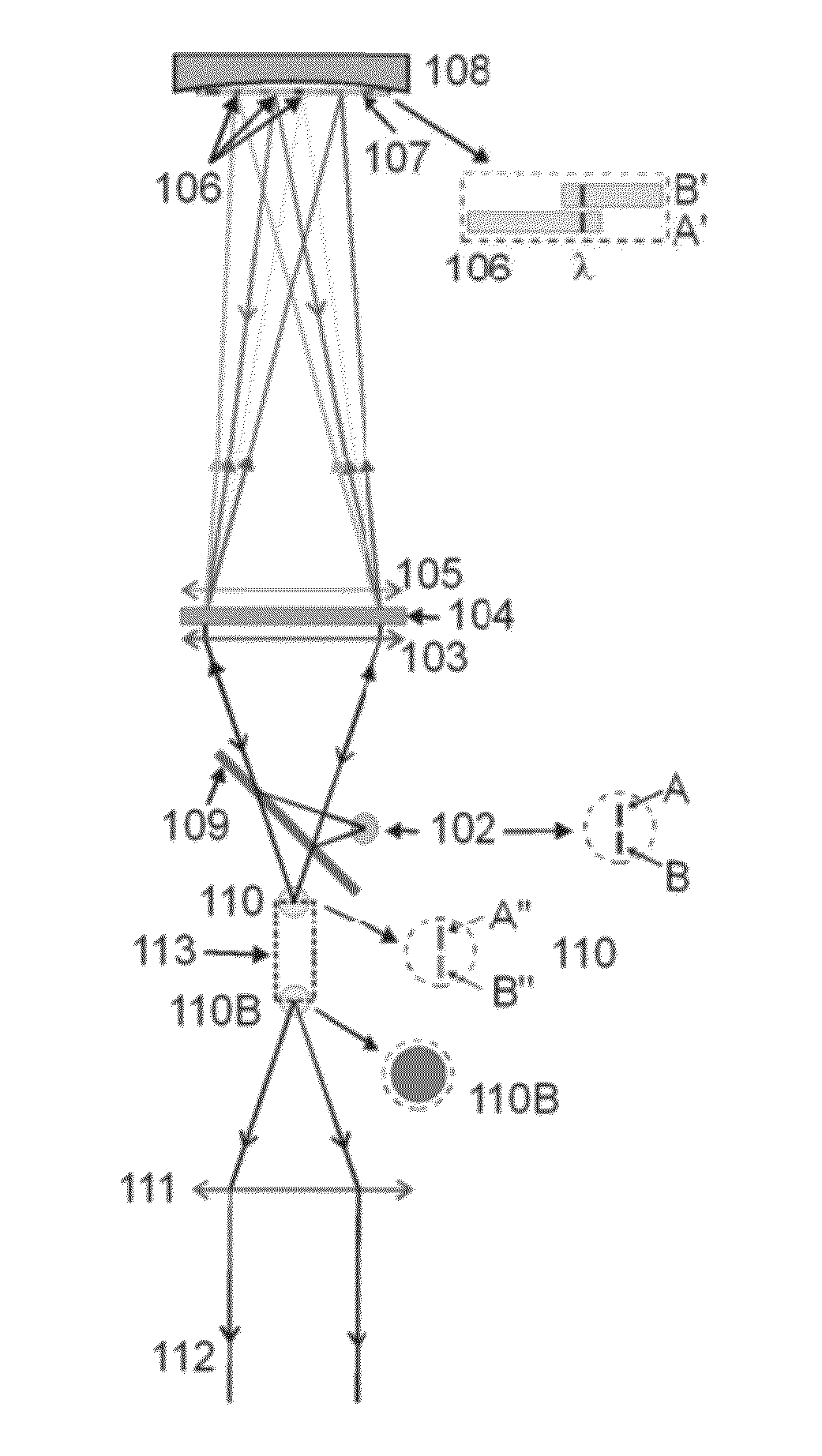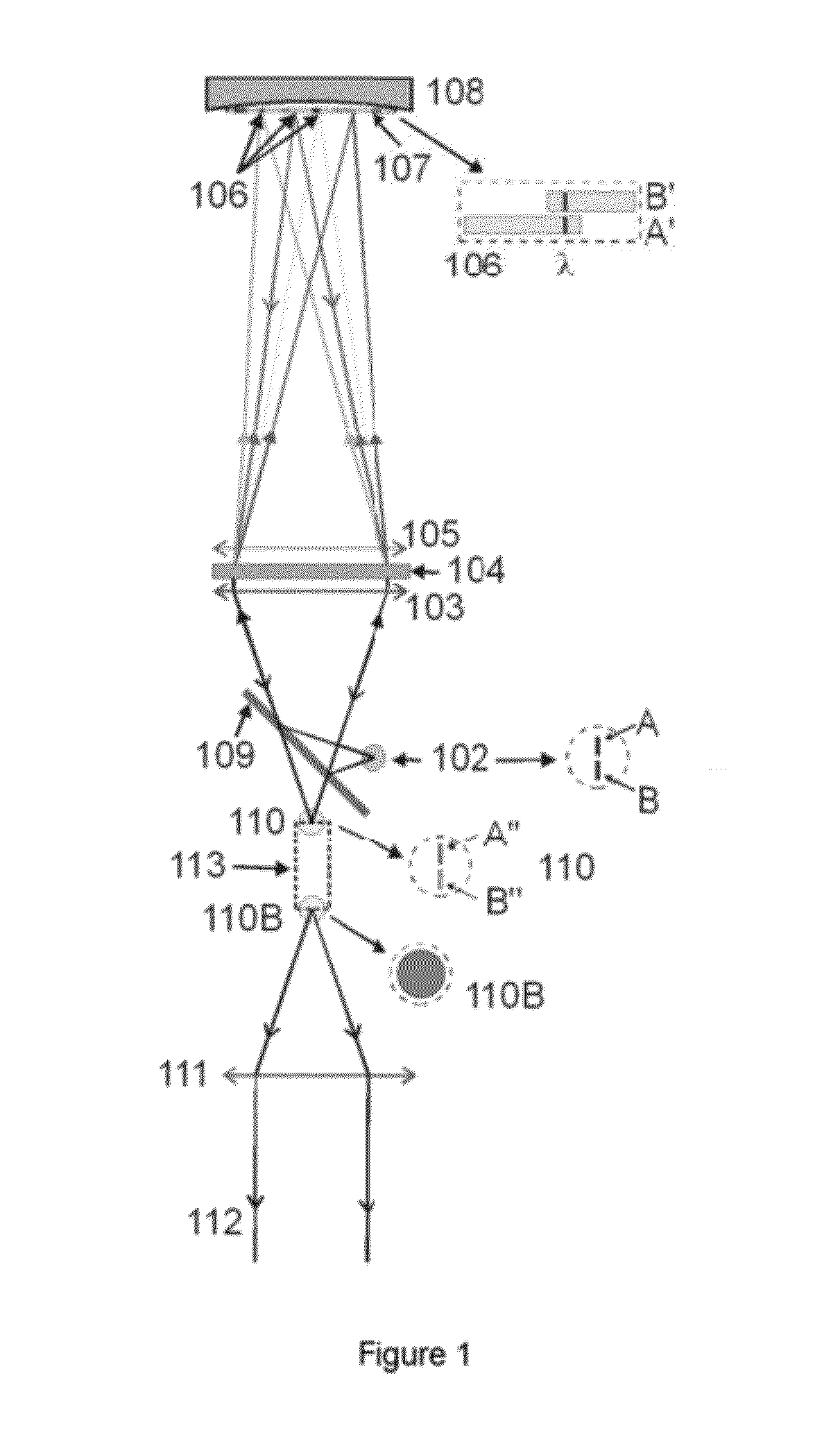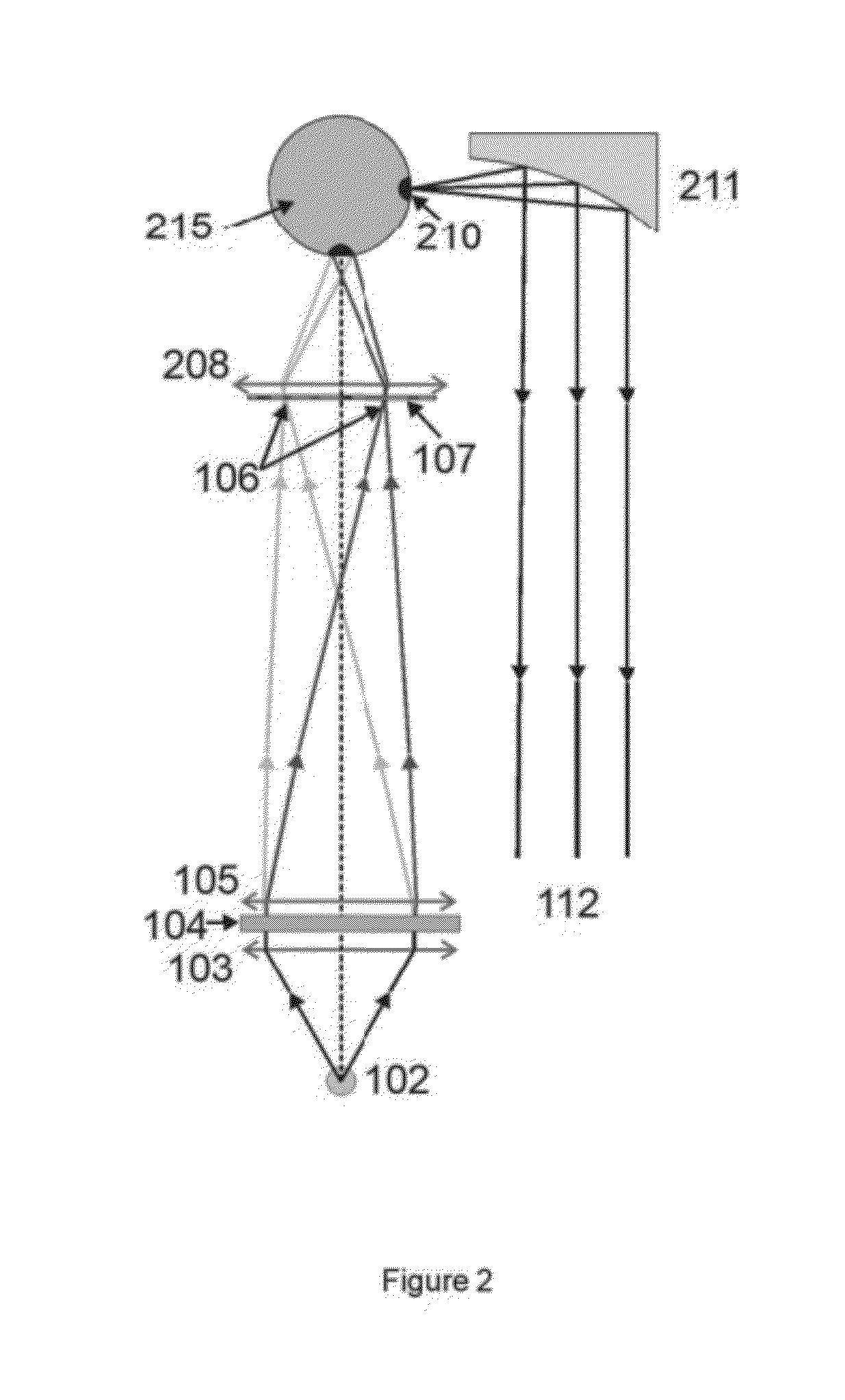Variable-spectrum solar simulator
a solar simulator and variable-spectrum technology, applied in the field of solar simulators, can solve the problems of not having a reference standard for characterising these types of systems, unable to carry out the characterisation of the response of the solar simulator with known solar simulators, and using xenon lamps with spectral filters that do not provide reliable data
- Summary
- Abstract
- Description
- Claims
- Application Information
AI Technical Summary
Benefits of technology
Problems solved by technology
Method used
Image
Examples
Embodiment Construction
[0014]The present invention describes a variable-spectrum solar simulator for characterisation of photovoltaic systems or components thereof. It solves problems present in the State of the Art described above, as it allows obtaining a spectrum adjusted to the solar spectrum, whether it is a standard spectrum or a real spectrum adjusted to local conditions of irradiation as well as allows the reproduction of spatial-angular characteristics of the sun. It basically comprises:
1) a broad spectrum light source or combination of several, the output radiant flux of which is carried out via an opening or a set of several specific, which henceforth are called primary source or Aperture Diaphragm (A.D.), for example one two slits (FIG. 1: A, B)
2) an optical system that collimates said primary source
3) a system that disperses the beam chromatically, for example, a diffraction grating
4) an optical system that forms an image of the primary source dispersed in a certain position, where there is p...
PUM
 Login to View More
Login to View More Abstract
Description
Claims
Application Information
 Login to View More
Login to View More - R&D
- Intellectual Property
- Life Sciences
- Materials
- Tech Scout
- Unparalleled Data Quality
- Higher Quality Content
- 60% Fewer Hallucinations
Browse by: Latest US Patents, China's latest patents, Technical Efficacy Thesaurus, Application Domain, Technology Topic, Popular Technical Reports.
© 2025 PatSnap. All rights reserved.Legal|Privacy policy|Modern Slavery Act Transparency Statement|Sitemap|About US| Contact US: help@patsnap.com



